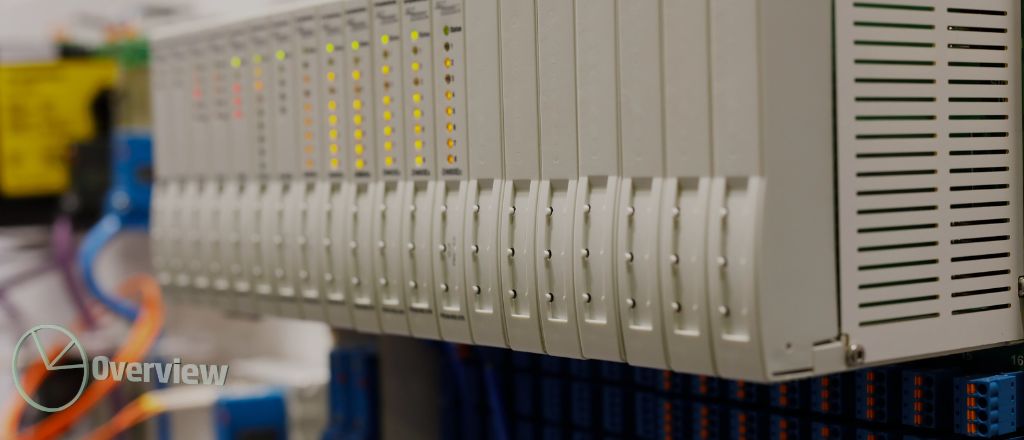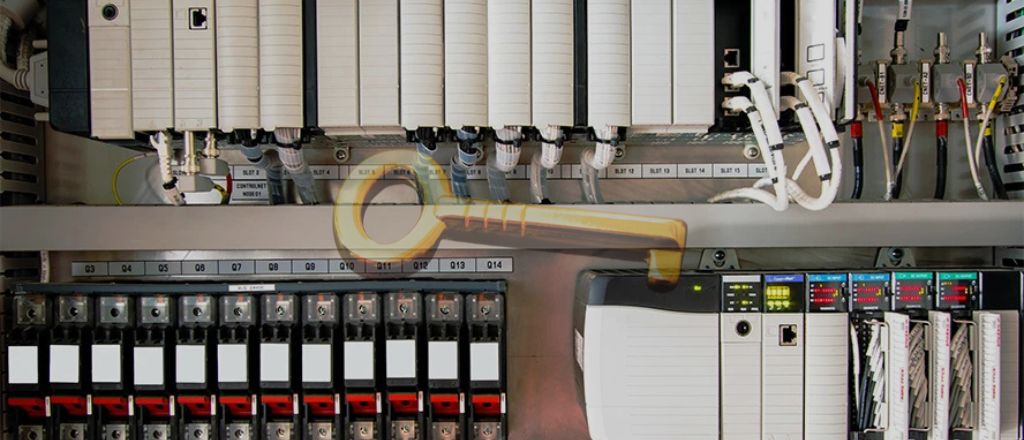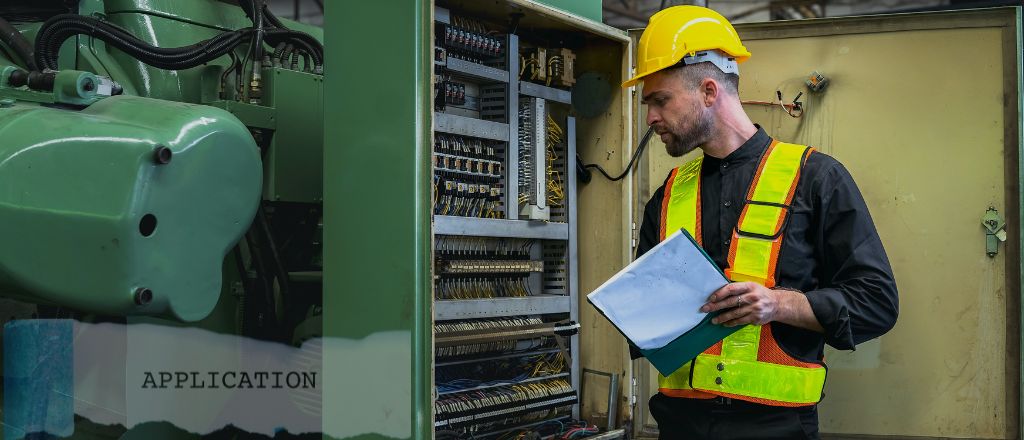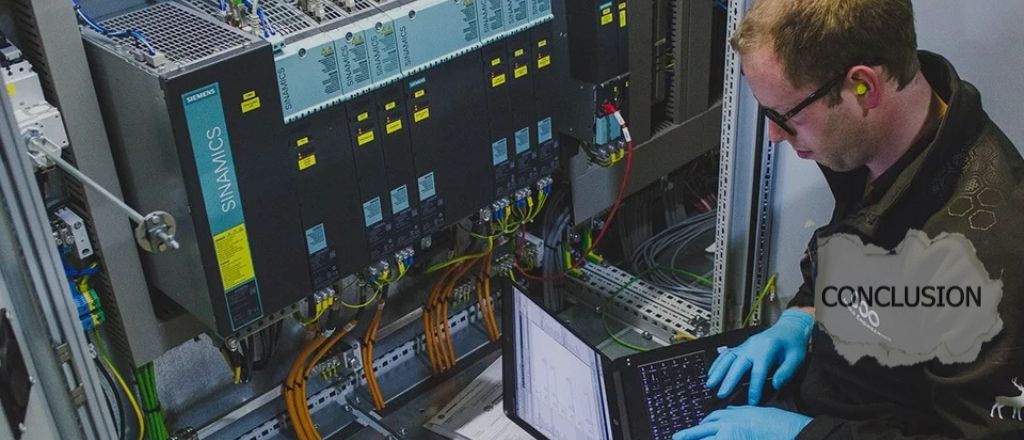A PLC (Programmable Logic Controller) automates industrial processes by controlling machines and systems based on input data and pre-programmed logic.
PLC Controller is an industrial digital computer designed to manage automation processes, machinery, and other system functions in industrial settings. Known for their durability, adaptability, and reliability, PLC controllers are indispensable for modern automation systems. These devices perform effectively in demanding environments, ensure operational efficiency, and reduce the need for manual oversight.
PLC Controller Overview

Basic Functionality of a PLC Controller
A PLC controller operates as the central hub in an automation setup. It collects input signals from devices like sensors, processes them using pre-programmed instructions, and triggers the appropriate output actions. These outputs can range from activating motors to adjusting temperatures or triggering alarms. This cyclical process, often called the scan cycle, ensures systems operate smoothly and efficiently without human intervention.
Types of PLC Controllers: Compact vs. Modular
PLCs come in two primary forms: compact and modular. Compact PLCs integrate all components into a single unit, including the CPU, input/output (I/O) modules, and power supply. They are ideal for small-scale applications with straightforward requirements. Modular PLCs, on the other hand, offer greater flexibility. Users can customize these controllers by adding or removing modules to suit complex or evolving system needs, making them suitable for large-scale industrial applications.
Key Components of a PLC Controller

Central Processing Unit (CPU)
The CPU acts as the brain of the control system. It executes programmed instructions, processes input data, and controls output actions. The CPU consists of a microprocessor, memory (RAM for temporary data and ROM for stored programs), and an operating system that manages overall functionality. The speed and efficiency of the CPU directly influence the system's performance.
Input/Output Modules
Input/output (I/O) modules act as the communication bridge between the PLC and the external devices it controls. Input modules receive data from sensors, switches, and other monitoring devices. Output modules, in turn, send commands to actuators, motors, and other devices. These modules are critical for accurate data transmission and system responsiveness.
Power Supply and Communication Ports
The power supply unit ensures consistent operation by providing the required voltage and current. Most automation controllers operate on standard industrial voltages, such as 24V DC or 120/240V AC. Additionally, communication ports enable data exchange between the controller and other devices or systems, such as Human-Machine Interfaces (HMIs) or Supervisory Control and Data Acquisition (SCADA) systems. These ports typically support protocols like Ethernet, Modbus, or Profibus.
PLC Controller Applications in Industry

Common Uses in Automation Systems
PLC controllers are central to automation systems, which handle process control, machine automation, and system monitoring. They ensure precision and reliability in operations such as controlling conveyor belts, monitoring fluid levels, or managing complex assembly lines. PLCs also enhance safety by integrating with alarm systems and emergency shutdown mechanisms.
Examples of Industries Using PLC Controllers
PLCs find applications across a wide range of industries:
- Manufacturing: Automating assembly lines, packaging systems, and quality control.
- Automotive: PLC controllers manage robotic arms, painting systems, and production equipment to ensure precision and efficiency in automotive manufacturing.
- Food and Beverage: They regulate temperatures, ensure accurate filling of products, and maintain strict hygiene standards in food and beverage production.
- Energy: PLCs monitor and control turbines, generators, and substations, ensuring consistent and safe energy production and distribution.
- Pharmaceuticals: Ensuring precise mixing, packaging, and compliance with stringent industry standards.
These examples highlight the versatility of PLC controllers and their role in driving industrial efficiency and innovation.
Conclusion

PLC controllers are the backbone of modern industrial automation, providing the intelligence and precision required for efficient and reliable operations. Their robust design and adaptability make them suitable for various applications, from small-scale machinery control to large-scale system integration. By understanding the functionality, components, and applications of PLC controllers, industries can optimize their processes, reduce downtime, and enhance productivity. As technology evolves, PLCs will continue to play a crucial role in advancing automation systems and transforming industrial landscapes.
Frequently Asked Questions
The five basic operations are:
- Input Scan - Read inputs from sensors or switches.
- Program Scan - Execute the control program.
- Output Scan - Activate outputs based on the program's decisions.
- Housekeeping - Monitor and maintain system health.
- Communication - Exchange data with other systems if necessary.
A PLC is a digital computer used to control machinery. It works by continuously scanning input signals, processing logic based on pre-programmed instructions, and controlling outputs to automate tasks.
No, a PLC is not inherently a PID controller, but it can implement PID (Proportional-Integral-Derivative) control algorithms as part of its control logic.

